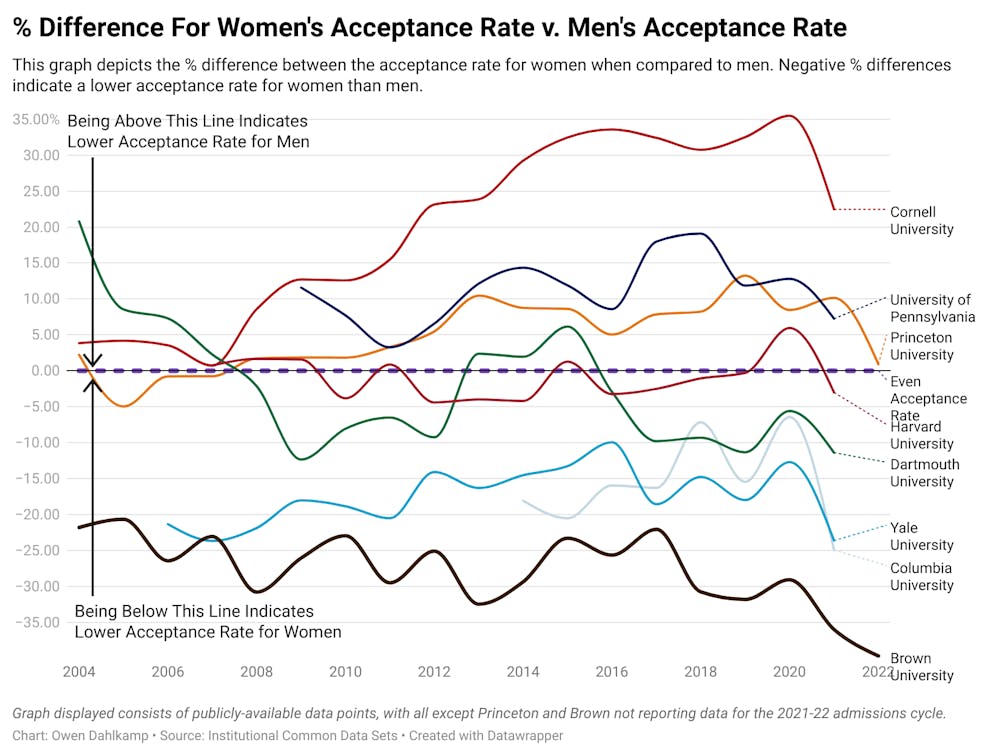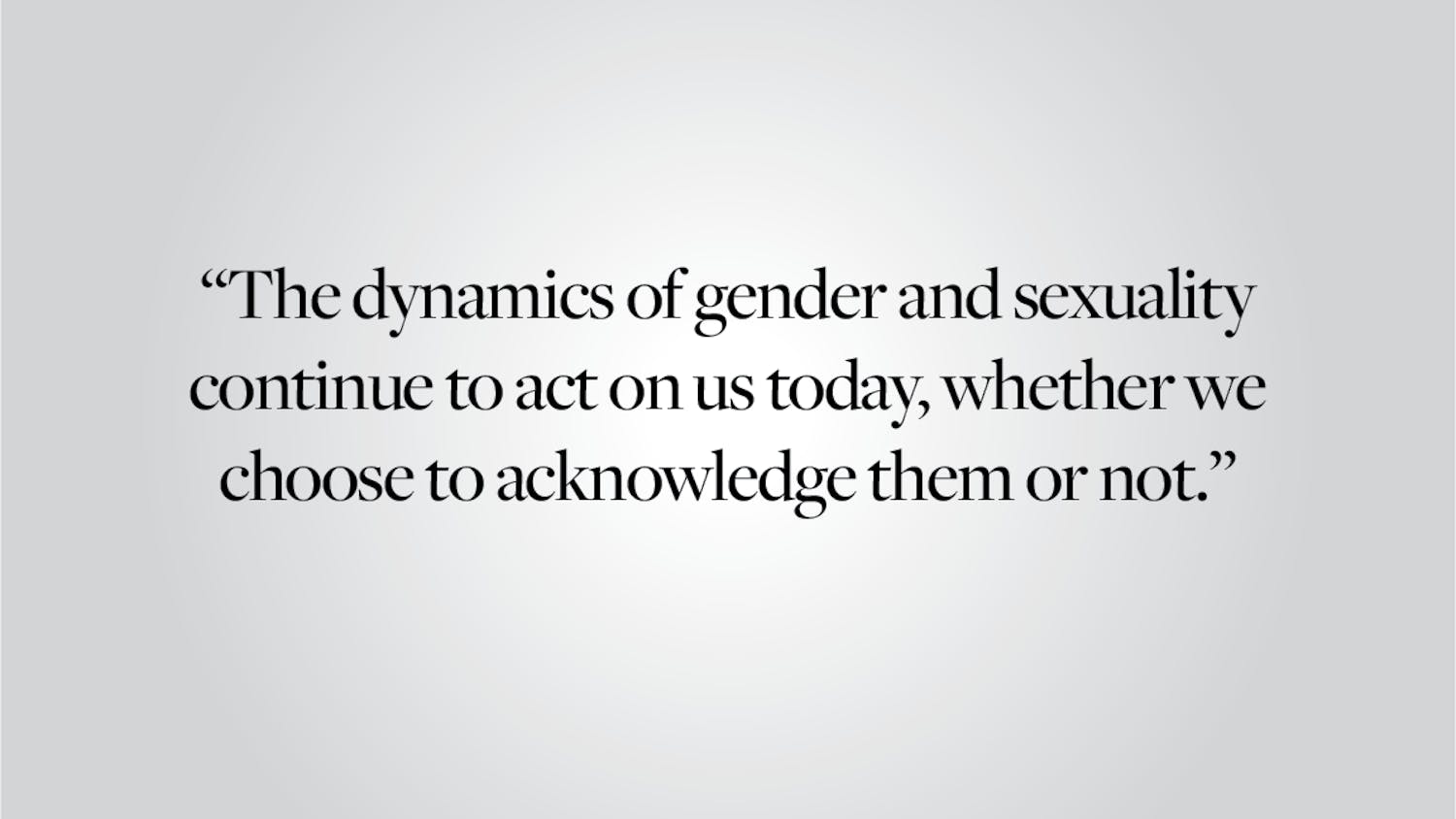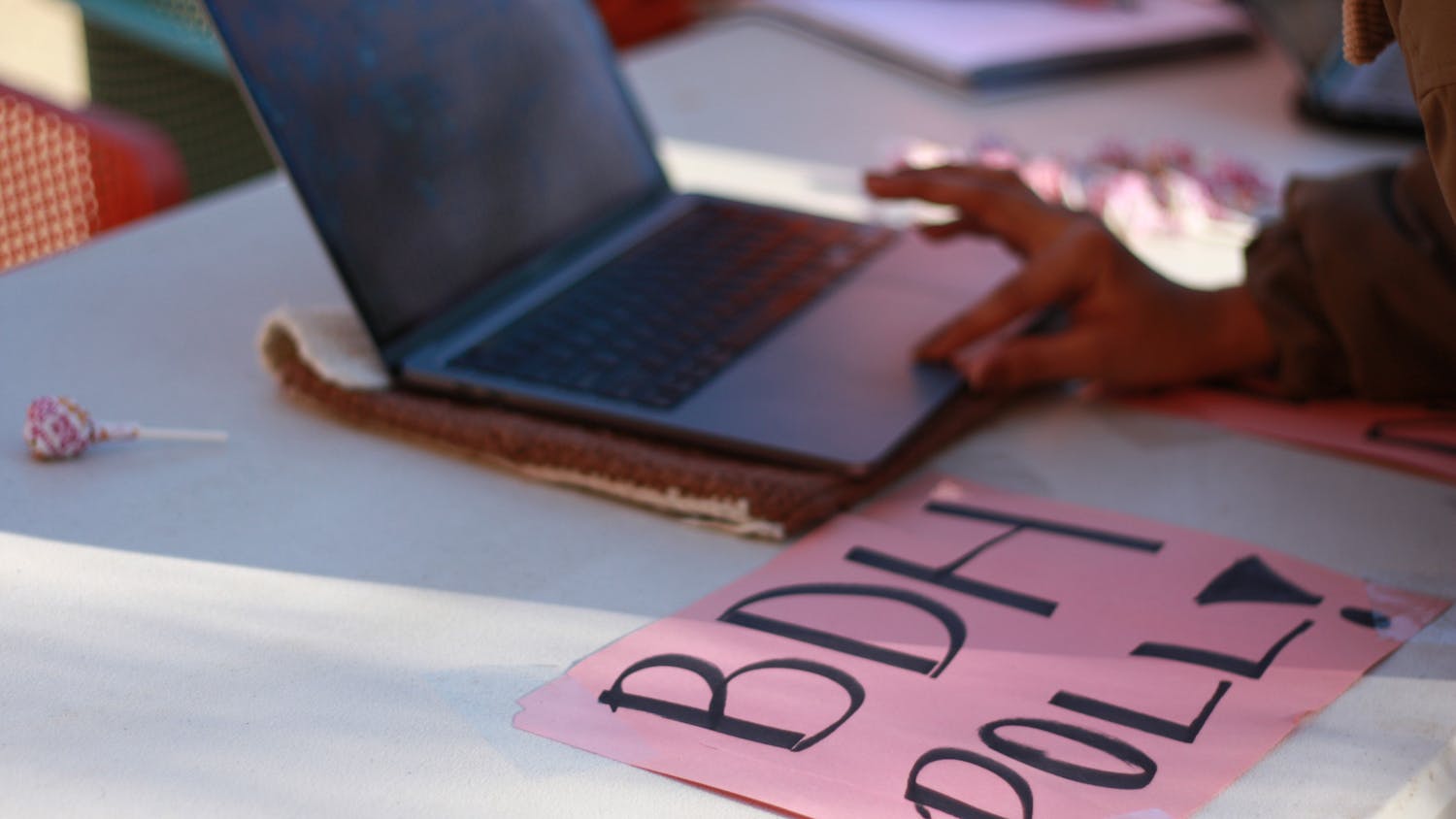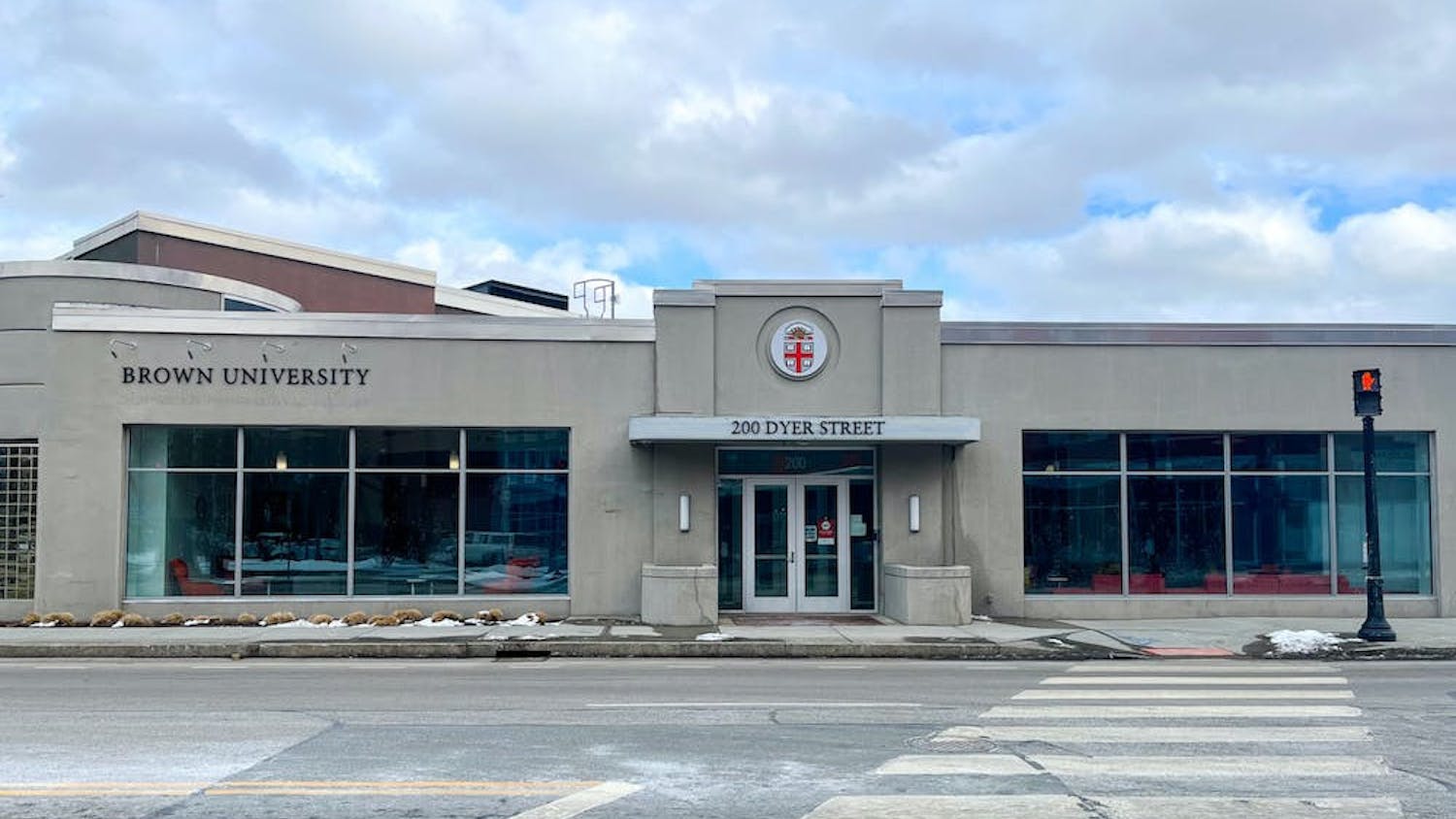Since the 1980s, female enrollment has consistently male enrollment in higher education. In the past 20 years, the proportion of women to men applying to universities has also increased. But at Brown, the number of accepted applicants who identify as women has remained about equal to men, making the admission process more selective for women applying to the University.
In the 2021-22 application cycle, 6.73% of male applicants were accepted to Brown, while only 4.06% of women were.
In 2021, Brown had the most female-dominated applicant pool in the Ivy League, boasting the greatest numerical difference between male and female applicants compared to peer institutions. To examine and understand the driving forces behind this difference, The Herald conducted a data analysis of the of all eight Ivy League universities and spoke with experts on the subject.
The Common Data Set, a reporting tool used by higher education institutions across the country, only reports applicants in the gender binary of male/female, with applicants outside of the gender binary categorized according to their sex assigned at birth.
Diving into the Data
Since at least the 2003-04 application cycle, women have consistently outnumbered men in Brown’s applicant pool by at least 2,000 applicants. Since then, that gap has only continued to grow. Out of the 50,649 to the class of 2026, 18,939 were male and 31,710 were female — a difference of nearly 13,000.
In this trend, the University stands apart from its Ivy League peers. In the past two decades, Brown has maintained a female-dominated applicant pool. Last application cycle, just under 63% of Brown’s applicant pool identified as female, compared to Yale’s 58%. Cornell has only seen female applicants outnumber male applicants in 2021. For Princeton, the applicant trend has shifted to more women then men just in the last two years.
Even with the increased number of women applying, Brown accepts relatively the same number of men and women each application cycle, resulting in fairly similar enrollment numbers.
“There's a consensus among people who are in the admissions business,” said Kevin Carey, vice president for Education Policy and knowledge management at New America. A larger gender gap in student enrollment is “a marketability problem,” while a university with an equal gender ratio is an “attractive, desirable place for people to enroll.”
“They’ve got to admit fewer women than men,” said Sasha Chada, CEO of college consulting company Ivy Scholars. “They have to make the process more selective for women than for men.”
It is common practice “to put a thumb on the scale in order to achieve a desired gender ratio,” Carey said.
This results in much lower acceptance rates for women than men — more than two percentage points lower at Brown. The percent difference between the acceptance rates for men and women at Brown is the largest among the Ivies.
Chada anticipates that, in the future, balancing gender ratios may be challenged under the Equal Opportunity clause of Title IX as discrimination against female applicants.
The impending Supreme Court decision that will determine the fate of affirmative action — the “compelling interest” of universities to consider race in admissions — could also impact admissions policies around gender, Carey said. If affirmative action is overturned, plaintiffs might begin to also challenge the “compelling interest … when it comes to gender composition.”
Associate Provost for Enrollment and Dean of Undergraduate Admission Logan Powell was not available for comment at press time.
What attracts such a high number of women applicants?
Carey said that the increasing number of female applicants to universities can be partially attributed to “gendered labor markets.”
“Once you get above the less skilled, lower paid sector,” in female-dominated fields such as and , “almost (all the jobs) exclusively require some kind of college credential,” Carey said.
Brown specifically is revered for its humanities programs, Chada said, which “more from female prospective undergraduate populations than male prospective undergraduate populations.”
The University’s political and social reputation may also serve as a motivating factor for women applicants. Brown’s perceived liberal political landscape may prove more attractive to women, who are as liberal.
According to Felicia Salinas-Moniz, director of the Sarah Doyle Center for Women and Gender, “having a resource like (SDC is also) something that many women applicants may consider” when choosing which universities to apply to.
Clarification: A previous version of this story said that Associate Provost for Enrollment and Dean of Undergraduate Admission Logan Powell did not respond to comment. Powell was unable to provide comment by press time.

Owen Dahlkamp is a Section Editor overseeing coverage for University News and Science & Research. Hailing from San Diego, CA, he is concentrating in political science and cognitive neuroscience with an interest in data analytics. In his free time, you can find him making spreadsheets at Dave’s Coffee.




